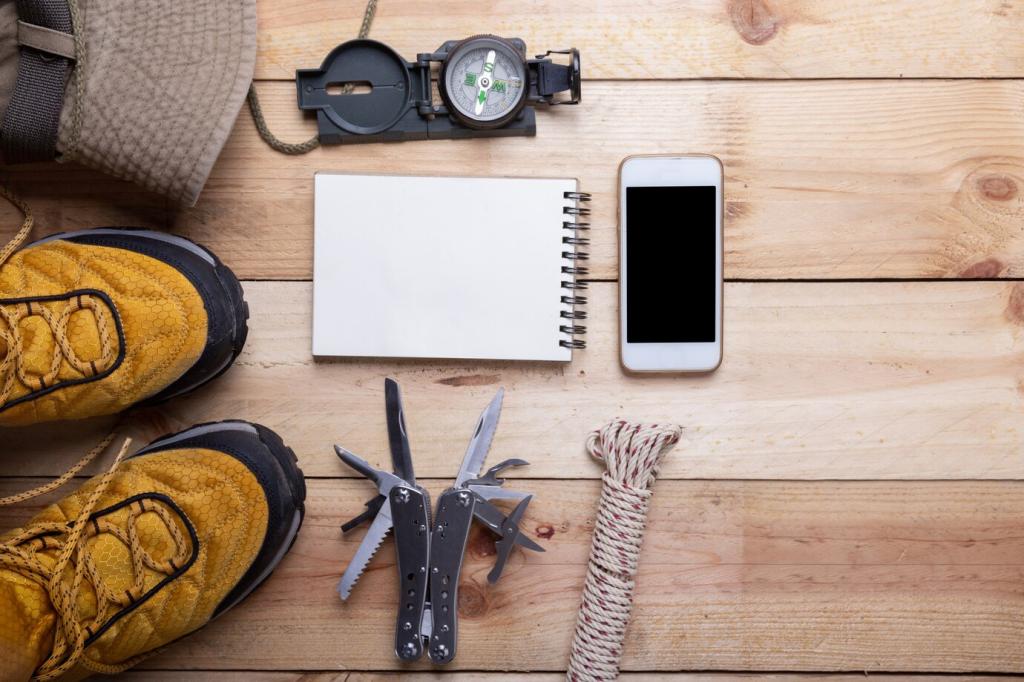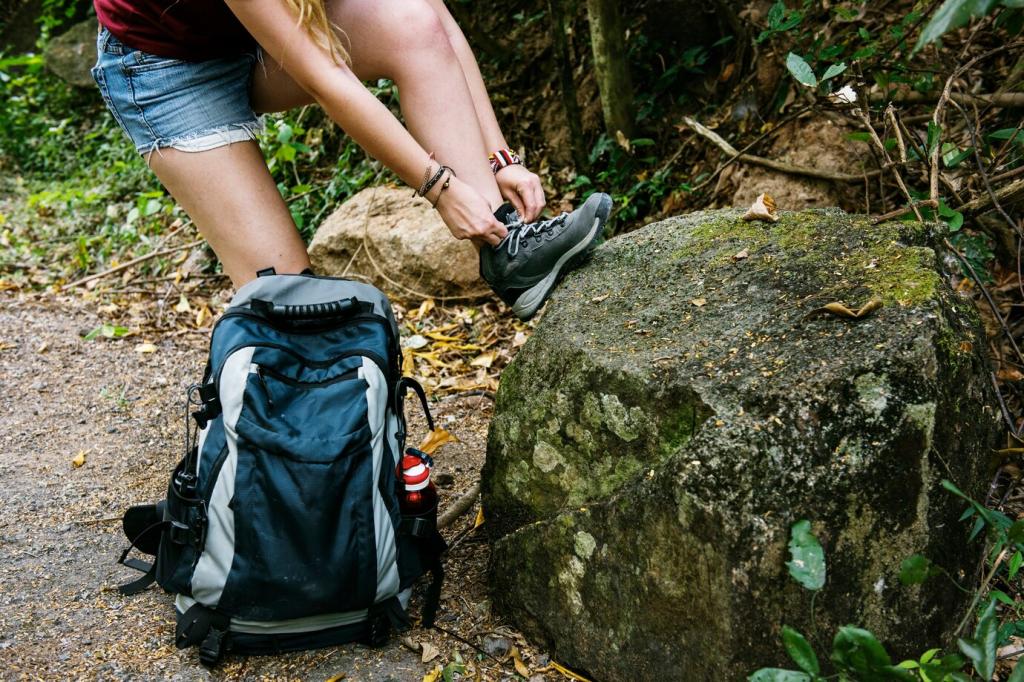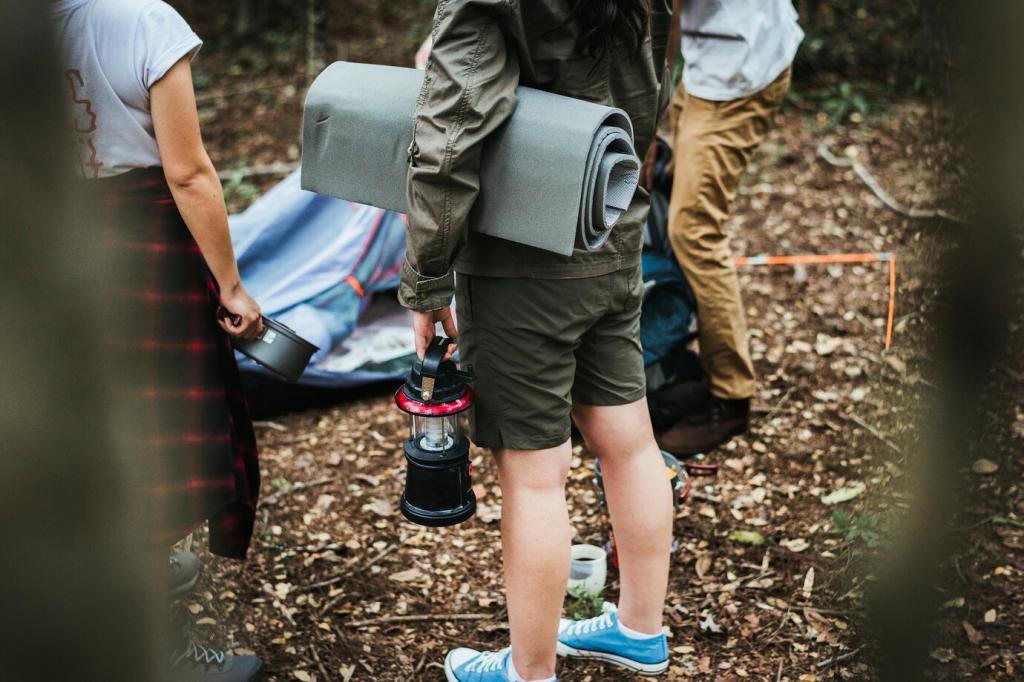Timing Your Intake for Steady Power
Two to three hours before hiking, enjoy a carb-forward meal with moderate protein and low fiber: oatmeal with banana and yogurt, or rice with eggs. If starting early, add a small snack fifteen minutes before. What pre-hike breakfasts sit well for you at dawn starts?
Timing Your Intake for Steady Power
Aim for small, frequent intakes—about 20–30 grams of carbs every 30–40 minutes for moderate efforts, more for big climbs. Set watch reminders or tie fueling to trail milestones. What cadence keeps your energy stable on switchbacks? Share how you time bites with breaks or landmarks.






